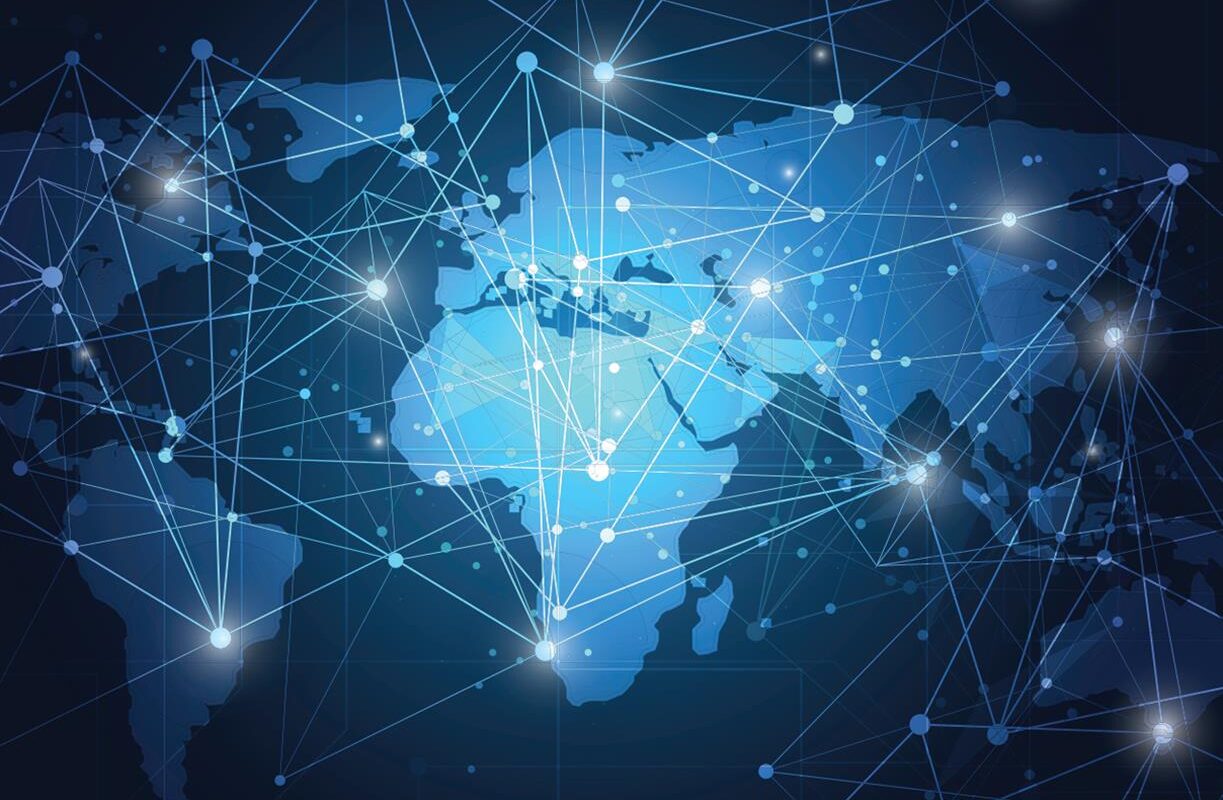Telemetry plays a crucial role in connecting people and machines across the world. With rapid technological advancements, the capabilities of telemetry are expanding at an unprecedented rate.
The Growth of Telemetry Networks
Over the past few decades, telemetry networks have seen exponential growth across industries. The ubiquity of wireless technologies has enabled the collection of data from remote locations worldwide. Industries ranging from transportation, healthcare, manufacturing to infrastructure rely heavily on telemetry for monitoring assets and collecting operational data.
Satellite connectivity has been instrumental in scaling Global Telemetry networks. Constellations of low-earth orbit (LEO) satellites are augmenting terrestrial networks to provide connectivity even in the most remote regions. For example, companies like SpaceX and OneWeb have launched hundreds of small satellites to deliver high-speed internet connectivity globally. Satellite internet combined with long-range wireless technologies like LoRa and Sigfox are enabling the internet of things (IoT) everywhere.
The exponential increase in connected devices and data transmission is driving the development of 5G and LEO satellite technologies. 5G aims to deliver blazing fast speeds and support a massive number of devices. LEO satellites promise latency as low as 25ms, unlocking new applications requiring real-time connectivity. The convergence of 5G and LEO will herald the next stage of global telemetry networks that can support trillions of connected devices worldwide.
Expanding the Reach of Telemetry
Advances in technologies like artificial intelligence (AI), edge computing, low-power wide-area networks (LPWANs) and miniaturized sensors are pushing the boundaries of global telemetry. AI and edge computing enable analytics and insights closer to the data source, minimizing latency. LPWAN technologies deliver long-range connectivity with ultra-low power consumption using unlicensed radio frequencies.
Miniaturized sensors are being developed using nanotechnology and flexible electronics. This allows incorporating sensing capabilities into more and more everyday objects and structures. Structural health monitoring of buildings, bridges and infrastructure is emerging as a huge opportunity. Also, industries are embedding sensors into industrial equipment, farm equipment, cargo containers and more for predictive maintenance using global telemetry.
Agriculture, aquaculture and animal husbandry are using telemetry extensively. Environmental sensors, GPS trackers and smart tags monitor soil conditions, livestock health and track the location of produce. This maximizes yields while reducing waste. Telemetry is making fisheries sustainable by tracking the movement of fish shoals and supporting fishing fleets globally.
Telehealth too is leveraging advances in telemetry to deliver healthcare services remotely. Connected diagnostic tools, wearables and remote patient monitoring devices are improving access and quality of care worldwide. Telemetry enabling connectivity is critical for administering vaccines and facilitating humanitarian efforts during disasters and pandemics globally.
Managing Data at a Global Scale
The exponential rise of connected devices and data generation through global telemetry poses significant data processing and management challenges. Estimates indicate devices will generate over 80 zettabytes of data annually by 2025, majority of which will comprise IoT and telemetry data.
Edge and fog computing architectures are enabling real-time analytics closer to data sources at a massive scale. Global cloud platforms and services deliver the required processing power and storage capabilities. Blockchain and distributed ledger technologies provide security and trust at massive scales. Data and digital twin applications leverage global telemetry data streams for multiple user groups.
Standardization efforts through organizations like 3GPP, ETSI and ISO ensure interoperability of devices and systems globally. Harmonization of radio frequencies and common protocols facilitates seamless data transmission. Governance frameworks address privacy, ownership and ensure responsible use of sensitive telemetry data.
The Future Looks Bright
Global telemetry touches every industry and improves lives worldwide. Advanced technologies are making connectivity ubiquitous and driving more innovative use cases daily. Analysts predict over 75 billion connected devices globally by 2025 generating unprecedented volumes of real-time data.
Countries worldwide are making massive investments to build modern digital infrastructure and tap into the economic opportunities. Global telemetry will be a key driver of the emerging digital economies and societies of tomorrow. Trillions of dollars will be invested into networks, processing capabilities and innovative applications.
Overall, global telemetry heralds an exciting future of ubiquitous connectivity worldwide. It promises to transform industries, empower communities and create opportunities limited only by our imagination. Global cooperation will be crucial to realize the full potential of this connectivity revolution.
*Note:
1. Source: Coherent Market Insights, Public sources, Desk research
2. We have leveraged AI tools to mine information and compile it

